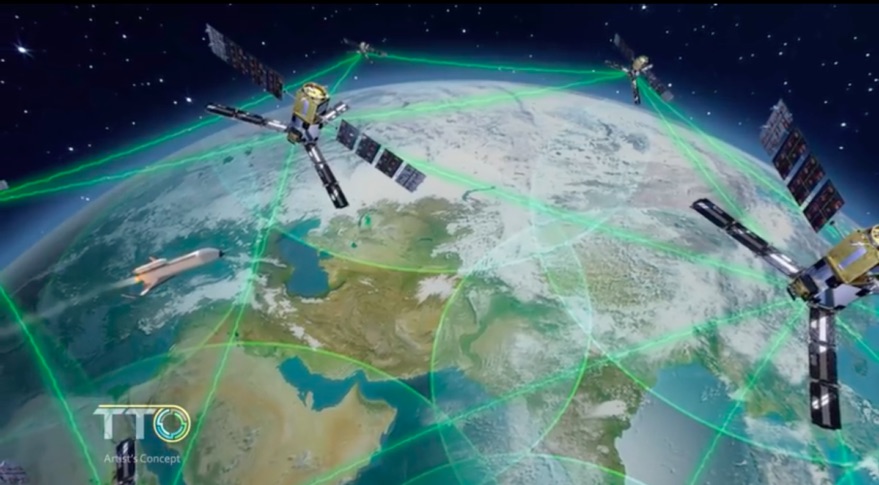

One of the men tasked with loading provisions on the ship was Hugh Mulligan, Hercules’s brother. In February 1781, the British learned of Washington’s plans to travel to Rhode Island along the Connecticut shoreline, and ordered 300 soldiers aboard a ship to intercept him.

Mulligan quickly dispatched Cato, who informed the general in time.

One night in his shop, Mulligan was fitting a British soldier who needed a coat because he was on a mission within the next 48 hours to capture General Washington, as the British had learned of Washington’s whereabouts. Twice Mulligan helped to save George Washington’s life. Then he would dispatch Cato to inform Hamilton. Mulligan culled intel from his British clients, who thought he was on their side. It was Hamilton-who became an aide de camp to Washington-who brought Mulligan into the secret society of spies. However, André was caught with the plan’s details hidden in his boot while Arnold ultimately escaped to Britain, John André was not so lucky.Īlexander Hamilton as a captain in the New York Artillery, Provincial Company, 1776.īefore the war, he had boarded a tenant in his home, a British loyalist named Alexander Hamilton, who he converted to the rebellion. And in 1780, they helped unmask the war’s most infamous traitor- Benedict Arnold, a patriot who, in exchange for £20,000, agreed to surrender the crucial American garrison at West Point to the British through their top spy, John André. They revealed a British plan to ambush the French fleet as it arrived in Rhode Island to support the American cause. Among these spies’ coups: They uncovered the British plan to crash the nascent Continental economy by printing massive amounts of counterfeit currency. The Culper Ring provided key intelligence throughout the war. Another Culper Ring spy, Caleb Brewster, who commanded whale boats in Long Island Sound, watched for her signals so that he would know, literally, when the coast was clear-and where the message was to be found. She would then hang handkerchiefs-the number of which would correspond to a secret pickup spot. If Strong hung a black petticoat, that signaled that a message was ready to be picked up by a courier.
#Us spy network full
Her manner of communication was ingenious: She hung out her laundry on a clothesline-in full view of British soldiers and also of boats moving through the Sound. Her job was reportedly to relay signals to couriers smuggling intelligence through Long Island Sound to Tallmadge, stationed in Connecticut. Strong lived in Setauket on the Long Island coast. It also included Anna Strong, the spy believed to have gone by codename 355. The spy ring grew to include Robert Townsend (alias: Culper Jr.), who posed as a loyalist newspaper columnist and hung out in cafes, hobnobbing with vain British officers who wanted publicity and were happy to share intel.

Woodhull went underground in New York, returning to Tallmadge periodically with reliable info about British operations.īenjamin Tallmadge, Continental soldier and politician who headed the Culper Ring. Dubbed “the Culper Ring” at Washington’s suggestion-a riff on Culpeper County in his home state of Virginia-it included Tallmadge (alias: “John Bolton”) and his chief recruit and childhood friend, Abraham Woodhull (alias: Samuel Culper Sr.). In November 1778, General Washington appointed Benjamin Tallmadge director of military intelligence and ordered him to construct a spy ring inside New York City, which was by this time occupied by the British-and would be for the duration of the war). READ MORE: The Culper Spy Ring The Culper Ring Army intelligence service bears a “1776” stamp, in honor of his unit. In the blazing musket fire of the skirmish that followed, Knowlton was killed, his place in history cemented. The roughly 130-man group, known as “Knowlton’s Rangers,” played a key role in the 1776 battle of Harlem Heights in New York, scouting out the British advance guard. So in 1775, when the Second Continental Congress chose Washington as commander in chief of the Continental armies, Washington appointed a soldier named Thomas Knowlton to organize the war’s first spy unit. Intelligence, he learned, could make the difference between victory or death. He first learned to use on-the-ground information from Native Americans and deserting French soldiers during the French and Indian War. From the beginning of Washington’s meteoric rise, intelligence gathering helped shape his military career.


 0 kommentar(er)
0 kommentar(er)
